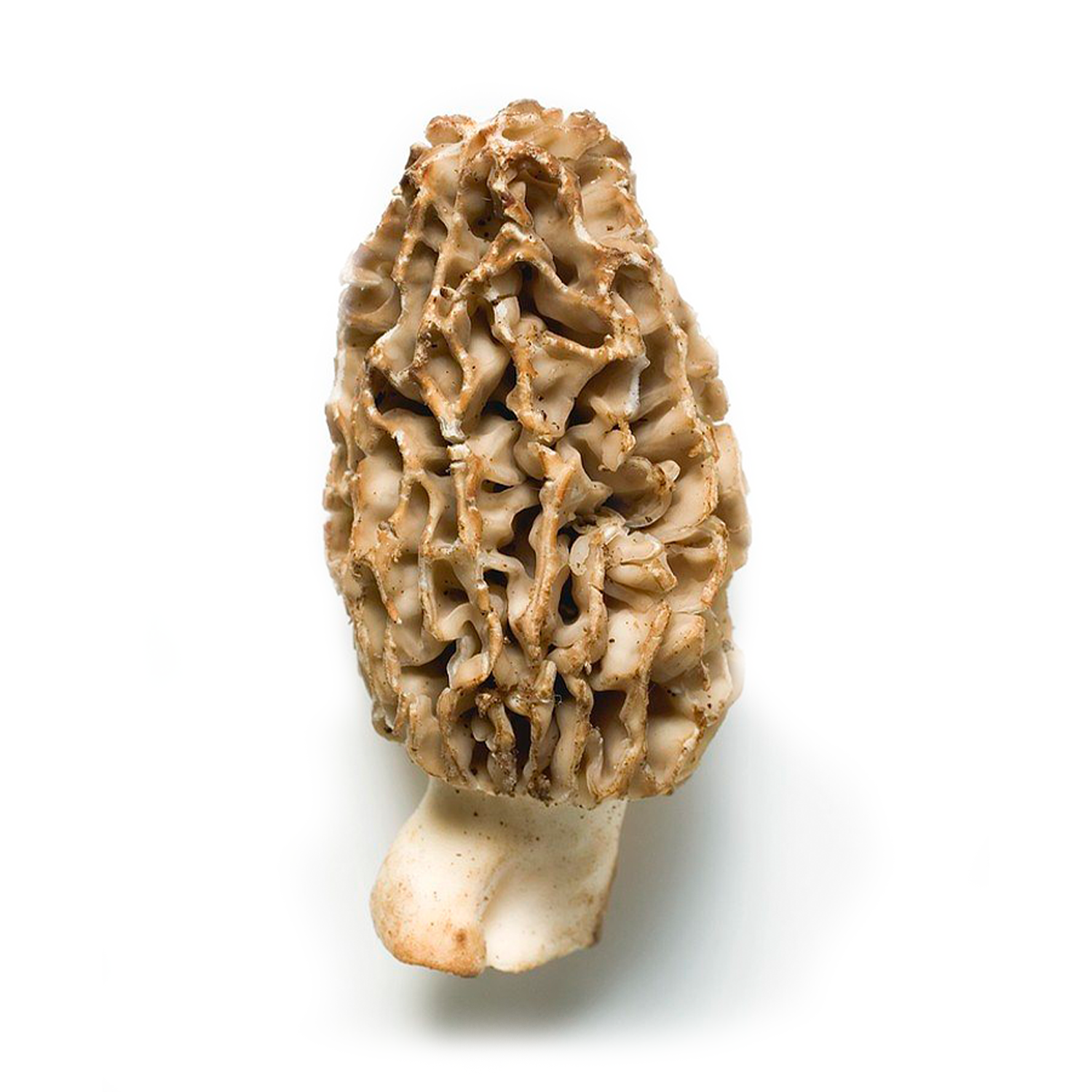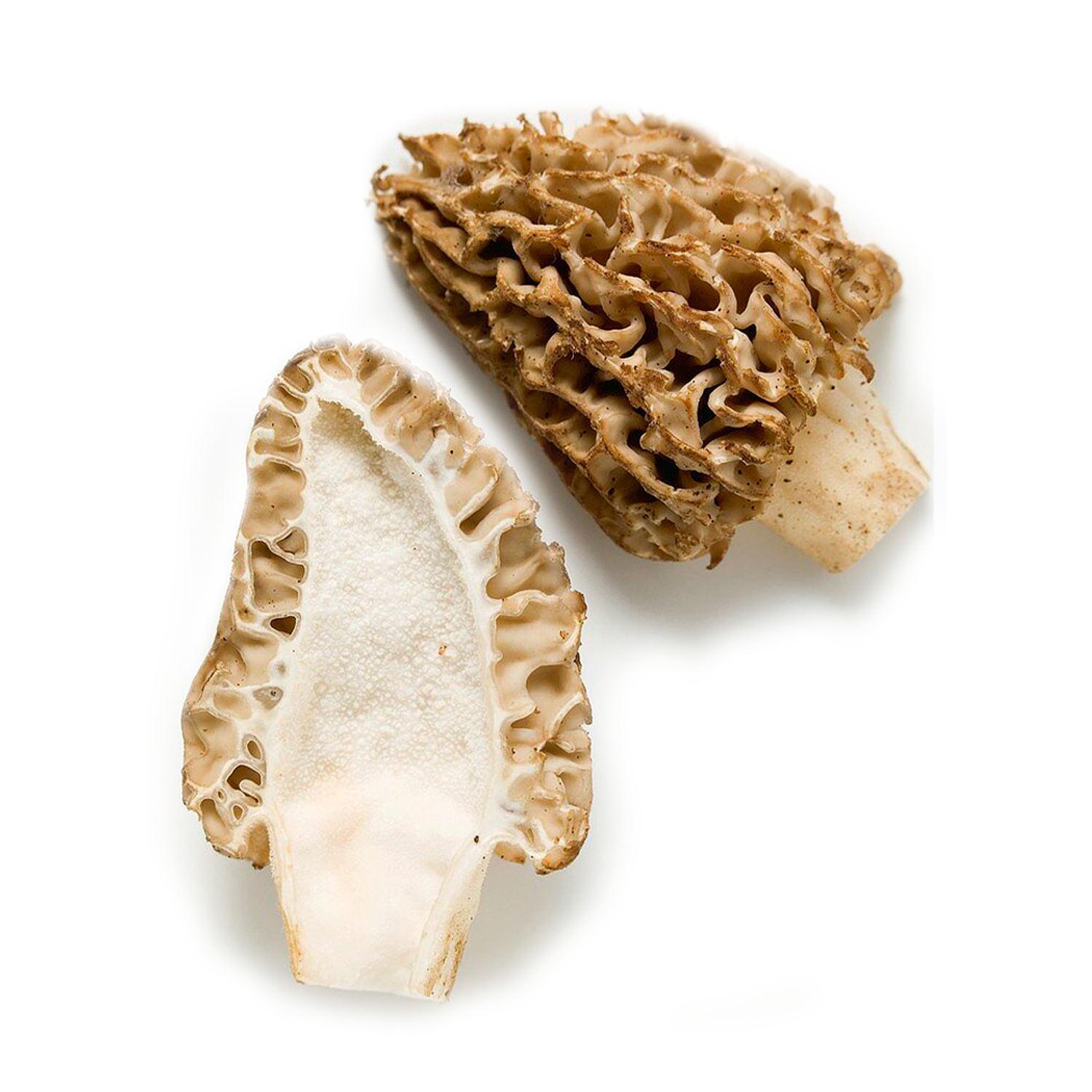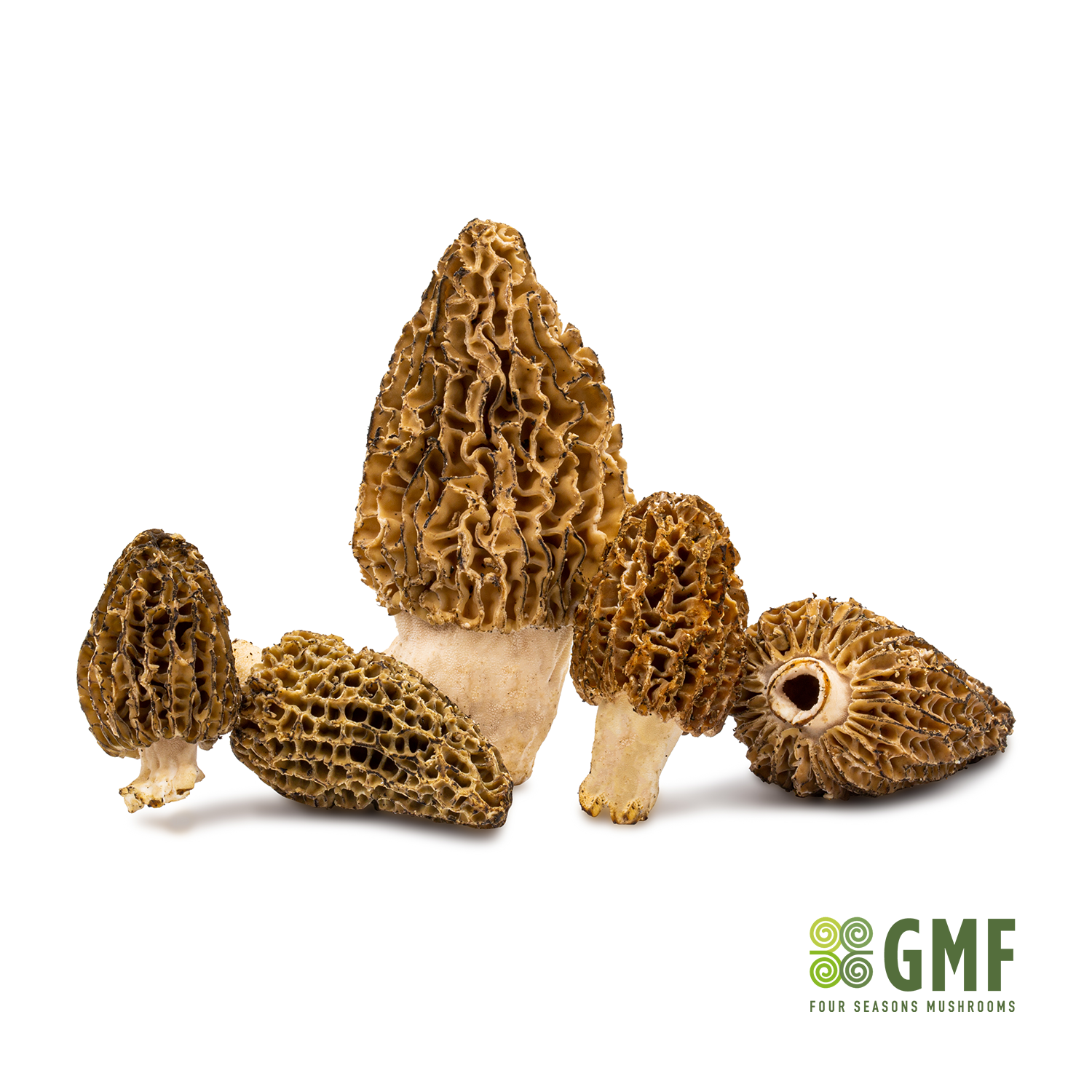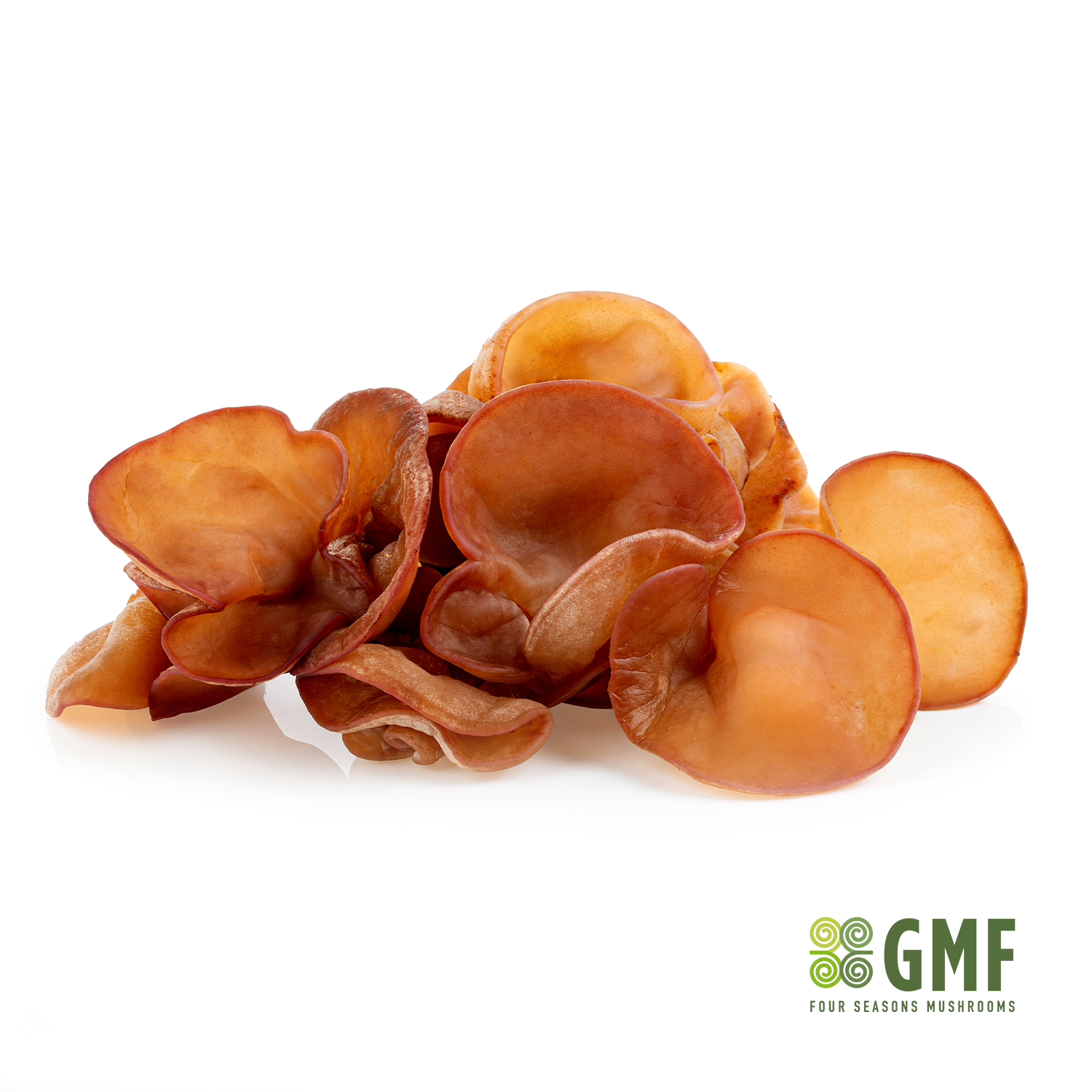Morielje
Conical Morchella
Morels are small to large mushrooms with an elongated, conical, bulbous or ovoid cap attached to short, sturdy stalks. The hat is on average 2-7 centimeters in diameter and varies in color from blond, light brown, gray, to dark brown. The fragile, brittle hat also has a hollow, honeycomb-like exterior made up of many irregular holes and ridges with a small, bumpy texture and attaches directly to the stem. Inside the cap and stem there is a hollow cavity that runs the length of the mushroom and the stem is white and on average 2-9 inches long. When cooked, morels are fleshy and tender with a deep, earthy, nutty and woody flavor.


PREPARATION
Morels, botanically classified as Morchella esculenta, are a wild, edible fruiting body of an underground organism known as mycelium. Morels belong to the Morchellaceae family and many different species of Morels can be found in regions of the Northern Hemisphere. Morels are also known as the true morel, the yellow morel, the common morel and the sponge mushroom. They grow in pastures, orchards and pastures on disturbed ground near spruce, ash, elm and apple trees. They can also be found in burnt forests in the spring after a major wildfire. Morels cannot be grown due to their delicate growing conditions, and because they have such a short season, they have become very expensive in commercial markets and hard to find. Despite their rarity, morels are one of the most prized culinary items and are loved by chefs for their unusual shape, deep flavor and limited availability.
Morels have one of the highest concentrations of vitamin D, according to the United States Department of Agriculture. A cup of raw morels provides 22% of the recommended daily amount of vitamin D. Iron not only transports oxygen, it also stores oxygen and signals when iron levels are low. Several enzymes depend on iron to complete their biochemical processes. Iron is needed for some antioxidants, the production of genetic material essential for growth and healing, and the production of energy. Men get 100 percent of their recommended daily allowance of iron from 1 cup of raw morels, while women get 44 percent of their daily value.
Other Names
- Morelje (Dutch)Morchel (German)Morille (French)Morchella conica (Latin)Morel (English)
All Rights Reserved | Green Mushroom Farm B.V.













